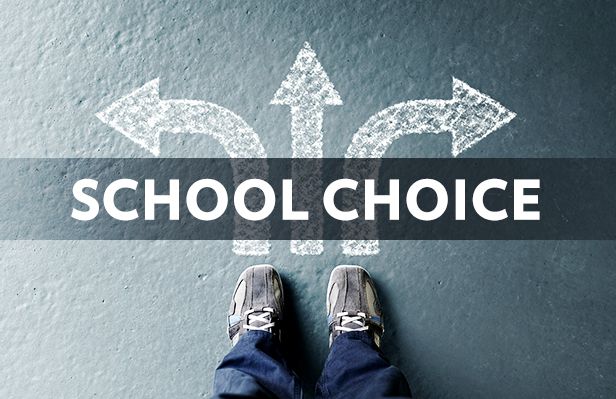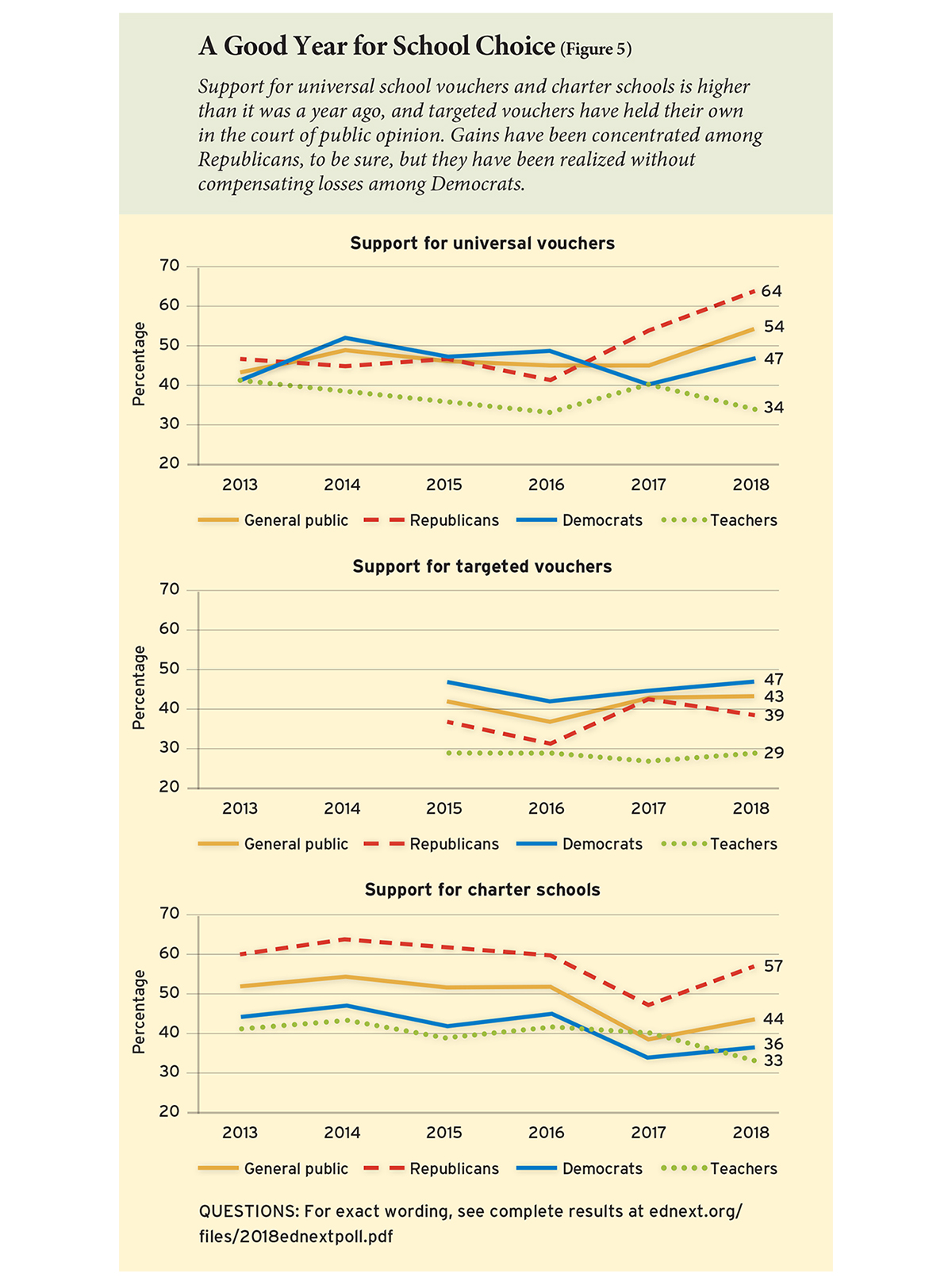Media

Grandma, What Do You Mean Schools Were Assigned by Zip Code?
My kids can’t imagine a world where nearly any question can’t be answered in mere seconds. Despite growing up without the internet, I can barely imagine it myself. In a few short decades, technology has brought about a complete cultural shift in how we learn.
Our learning may be keeping up with the times, but our education system isn’t. Many American children still lack education options beyond their zip code-assigned public school. In the twenty-first century, it’s a stone-age approach.
Slowly but surely, the tide is turning. A record number of children are utilizing school choice: over 3 million students are in charter schools, and nearly 500,000 take advantage of private school choice options.
There is also growing support for choice-based policies, according to recent polling by EducationNext. In Pennsylvania, education savings accounts and tax credit scholarships accompany a burgeoning charter school network. Voters have realized that each child is unique, and one-size-fits-all systems do not work. Since the vast majority of children are educated using public funds, public advocacy on this issue will make all the difference.

Reprinted courtesy of Education Next.
These polling results contrast sharply with the fierce opposition to school choice from teachers’ unions and school boards. Dubbed the “education establishment,” these groups profit from an outdated, one-size-fits-all system, but they couch their criticism in pro-child language.
The current schooling system may have made sense at one time. However, we now live in a world where widespread customization is achievable. Considering the massive amount of time children spend pursuing education, we should ensure they’re getting the education that is right for them. Empowering parents with school choice is the only way to do that.
Despite public support, opportunities for school choice in the commonwealth are severely limited. Our tax credit scholarship programs face arbitrary caps that leave thousands of children unable to attend the school of their choice. For low-income families, the rejection rate is even worse. Likewise, thousands of children are turned away from charter schools each year due to districts not approving additional schools and imposing enrollment caps. Legislation that would establish education savings accounts—the ultimate school choice vehicle—stalled this year in both chambers.
Even with these challenges, the momentum in Pennsylvania and throughout the country is in the direction of school choice. Enacting choice-friendly policies, like an automatic escalator for tax credit scholarships, independent charter school authorizers, and education savings accounts, will help ensure Pennsylvania children are ready for tomorrow.
The future is here. Things that were once the purview of science fiction—video phones, computers that fit in our pockets, and virtual reality headsets—are now readily available. We need to unleash the same power of innovation in K-12 education.
Life without the internet is almost unimaginable to my kids. I look forward to a day when my grandkids are similarly amazed to hear we once treated education as if one size fit all.